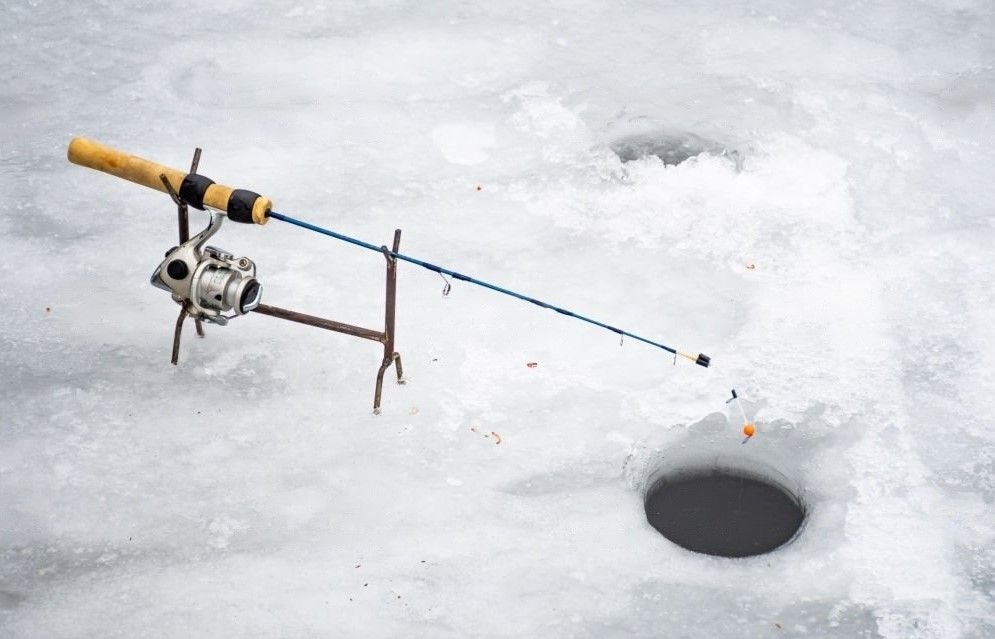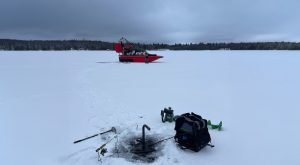
Finding fish ice fishing can be a challenge. But there are several strategies you can use to increase your chances of fishing success.
The exact location of fish ice fishing can vary depending on many factors. For example, the species of fish, the time of year, weather conditions and the topography of the bottom of the lake or reservoir.
However, throughout this article we will give you some tips and advice so that you can achieve satisfactory ice fishing.
Location and behavior of fish under ice
Many fish, especially in colder climates, may move to deeper water during the winter. Therefore, you should look for areas with changes in depth, as the fish may be transitioning between warmer and deeper areas.
Fish tend to congregate around underwater structures such as reefs, pools, drop-offs, and changes in bottom water topography.
Therefore, identifying and fishing near these structures can be effective for good fishing.
Some species of fish may be near submerged vegetation. This can provide shelter and feeding habitats. Look for areas where ice allows access to these areas.
Fish often look for areas where the water temperature is most comfortable for them. Ice fishing probes that measure water temperature can be useful in identifying areas with ideal temperatures.
Some fish migrate through underwater channels or passageways. Identify these areas where fish can move, and you can increase your chances of fishing successfully.
During the winter, fish may concentrate in areas where food is available. This could be near structures, on reef edges, or in areas where water current forms.
Observe nature for signs of fish activity. You may see bubbles rising from the bottom, birds feeding in a specific area, or fish moving near the surface of the water. This may indicate the presence of fish ice fishing.
Tips for finding fish ice fishing
Before you head out fish ice fishing, research the area you plan to visit. Consult topographic maps to identify underwater structures, such as holes, reefs and changes in depth.
In lakes, ponds or any other large body of water there should be enough fish under the ice.
Popular species for fish ice fishing include walleye, trout, yellow perch, largemouth bass, pike, and centrarchids.
Check to see if anyone knows where these fish swim. If you don’t know anyone, ask at your local bait and tackle store.
Online forums are a great resource for finding good ice fishing spots.
An ice fishing probe (fish finder) can be a very useful tool. It provides you with real-time information about water depth, temperature and the presence of fish.
It also looks for areas where there is fish activity and displays it on the screen.
Watch how the fish react on the fish finder screen as you approach. Some species may display more active behavior, while others may require specific lures.
Other considerations for finding fish ice fishing
Experiment with different types of lures and baits to see which ones attract fish the most in that specific area and conditions.
For the most part, the fish are not as aggressive in the winter. Therefore, use lighter tackle for ice fishing.
Some common ice fishing tackles are jig rods, jigs, ice flies, jig lures, and tip-ups. Common live baits for ice fishing include minnows, leeches, and earthworms.
It is important to remember that the location of the fish can vary and that local experience, observation and knowledge of the area are keys to fish ice fishing success.
Additionally, using a fish ice fishing sonar can provide real-time information on the location and behavior of fish under the ice.


